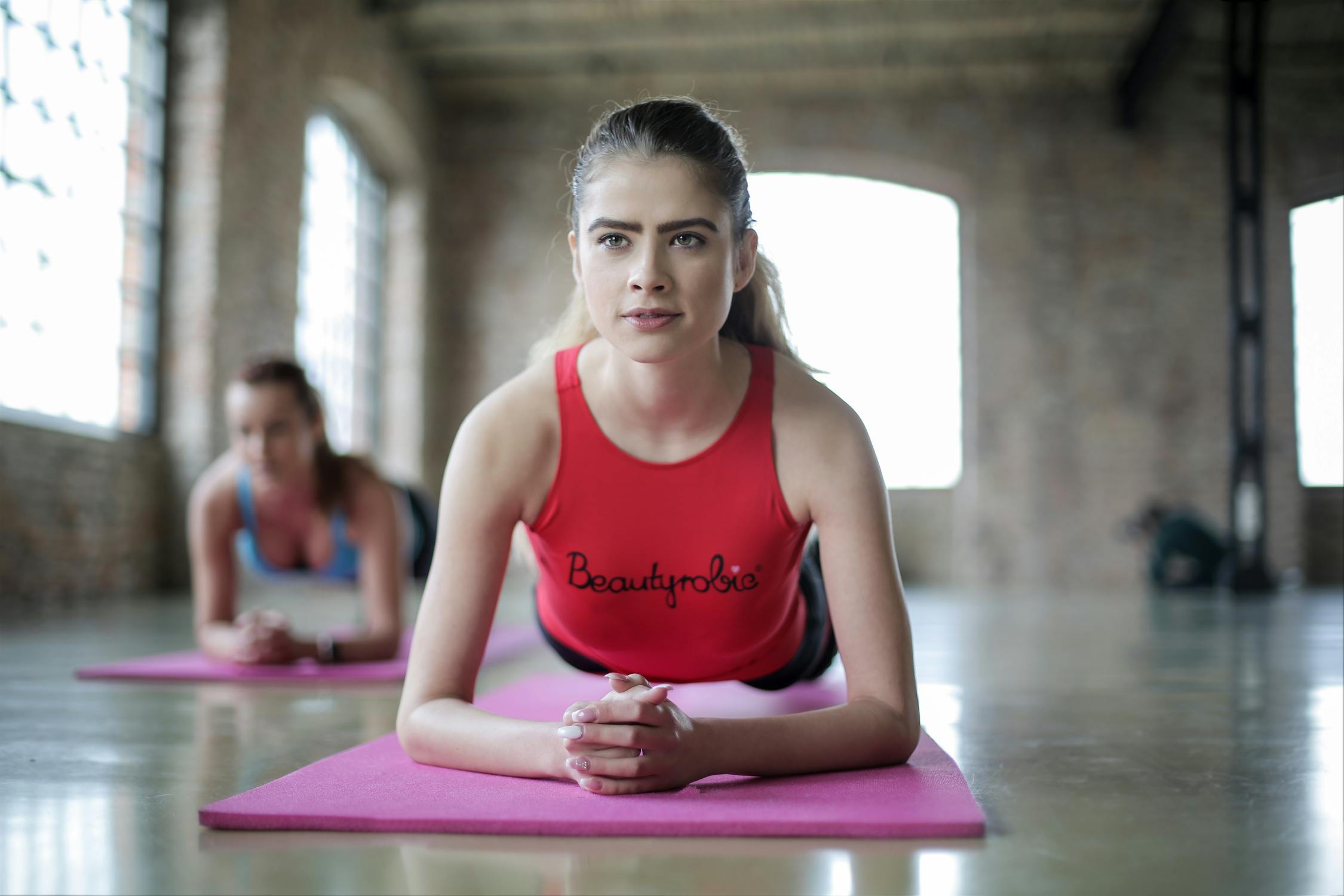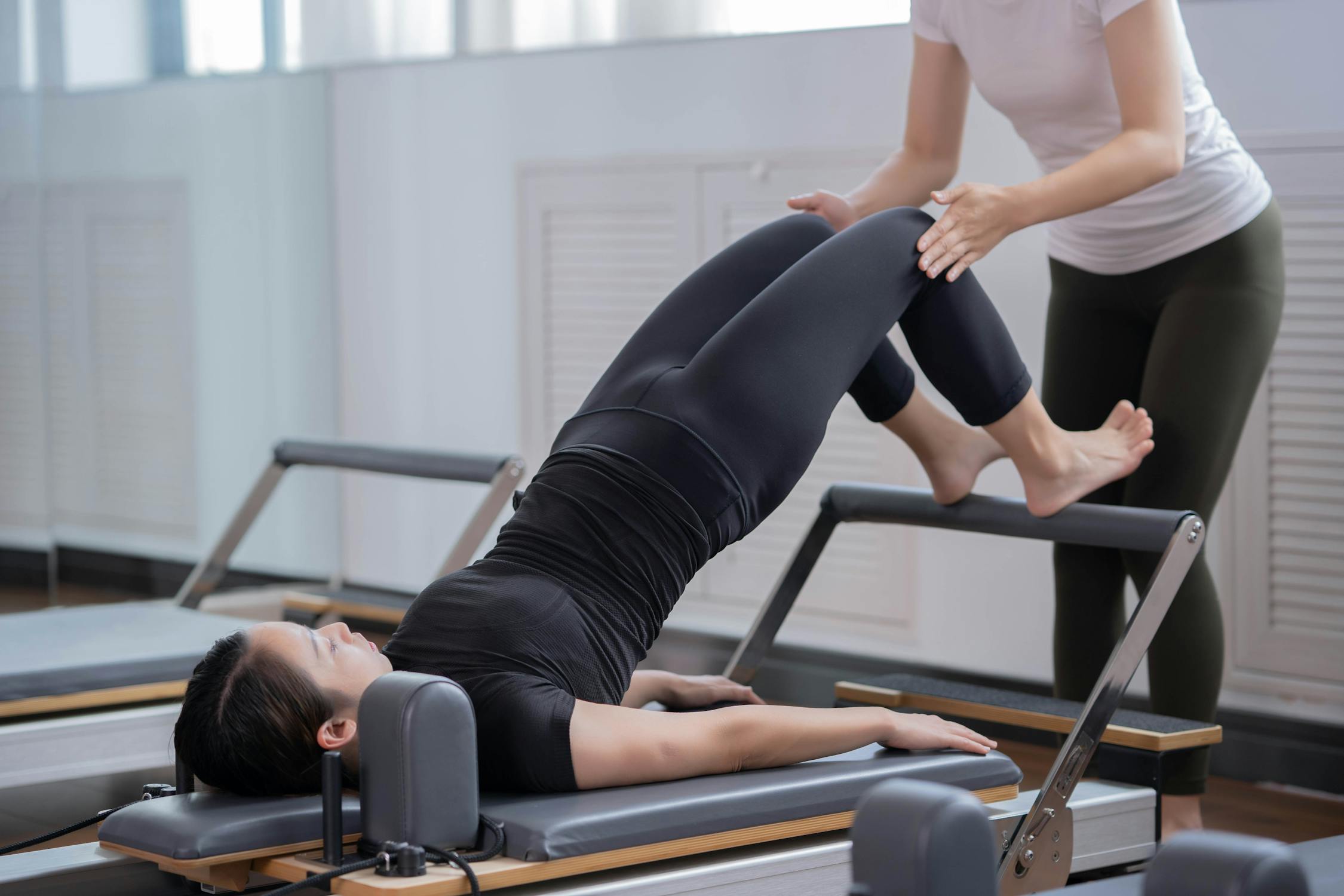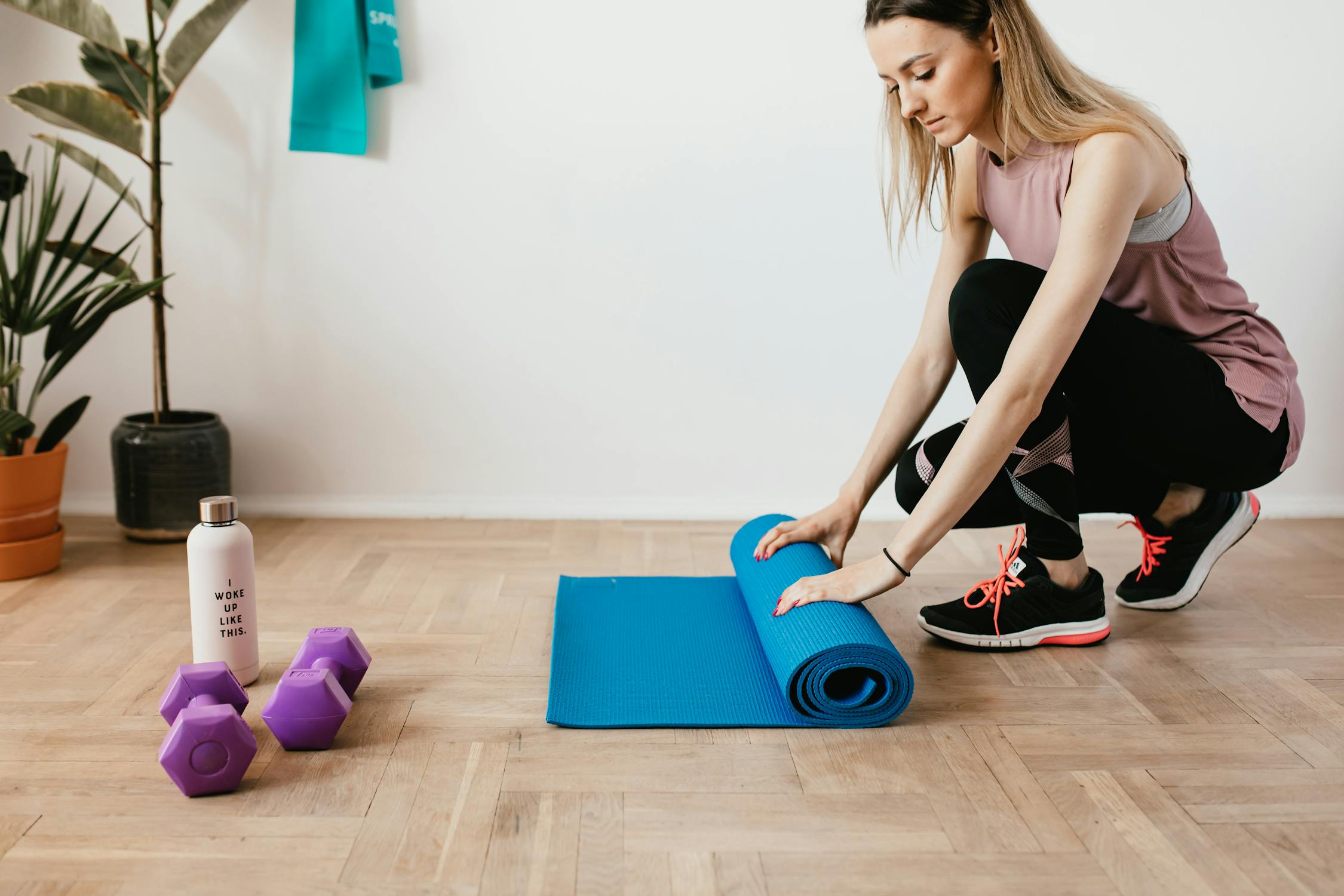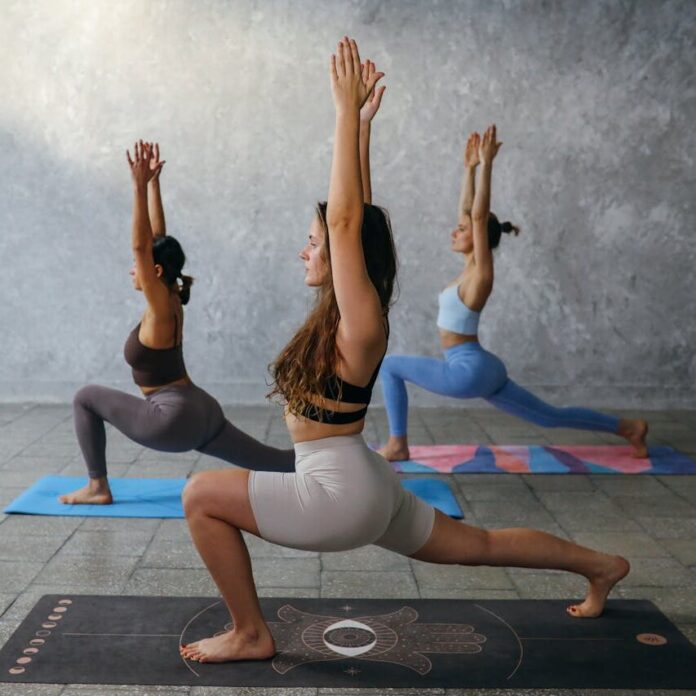Pilates is a physical training method developed in the early 20th century by Joseph Hubertus Pilates. This technique focuses on strengthening the deep muscles, especially the abdominal and lumbar areas, known as the “power center” or “core”.
The Pilates method is based on essential principles such as concentration, control, centering, fluidity of movement, precision and breathing. Originally designed to rehabilitate soldiers injured in World War I, Pilates later gained popularity among dancers, being appreciated for improving performance and preventing injuries.
Currently, Pilates is widely practiced by people of all ages and fitness levels, being recognized for its benefits on posture, flexibility, muscle strength and overall health.

The fundamental principles of Pilates
The Pilates method is based on several essential principles that make it effective:
- Concentration – Each movement requires full attention and awareness, with an emphasis on correct technique.
- Control – Exercises are performed precisely and in a controlled manner, avoiding sudden movements.
- Centering – All movements start from the central area of the body, called the “powerhouse”.
- Fluidity – The exercises follow one another in a fluid and graceful manner, without interruptions.
- Precision – Each movement has a specific form and purpose, being executed with accuracy.
- Breathing – Coordinating breathing with movements is vital for oxygenating the body and relaxing muscles.
These fundamental principles work together to create an effective workout that strengthens deep muscles, improves posture and flexibility, and promotes better body awareness.

Benefits of Pilates for the body and mind
Regular practice of Pilates exercises brings numerous advantages, both physical and mental:
Physical benefits:
- Improving posture and body alignment
- Increasing joint flexibility and mobility
- Toning and strengthening muscles, especially the abdominal area
- Reducing back pain and spinal tension
- Improving balance and coordination
- Increased muscle strength and endurance
Benefits for the mind:
- Reducing stress and anxiety levels
- Improving concentration and mental focus
- Amplifying body awareness
- Mental and emotional relaxation
- Stimulating the production of endorphins
A notable aspect of Pilates’ benefits is its adaptability to people of all ages and fitness levels. The gentle, controlled exercises make Pilates suitable for the elderly or those recovering from trauma.
Regular practice, 2-3 times a week, can bring visible improvements in posture and muscle tone within a few weeks. Long-term benefits include a stronger and more flexible body, a calmer mind, and an improved overall sense of well-being.

Types of Pilates exercises for beginners
For beginners in Pilates practice, there are some recommended basic exercises:
- Breathing exercises – Learning proper breathing technique is fundamental. This involves inhaling through the nose and exhaling through the mouth, with an emphasis on filling and emptying the lungs completely.
- Abdominal exercises – Strengthening your abdominal muscles is a primary goal. Exercises like “The Hundred” or crunches help tone this area .
- Back exercises – Movements like the “Cat-Cow Stretch” or “Swan Dive” strengthen the back muscles and increase the flexibility of the spine.
- Arm and shoulder exercises – Using body weight or elastic bands, exercises can be performed that tone the upper body.
- Leg exercises – Movements like “Pilates Scissors” or “Single Leg Circles” work the leg muscles and improve balance .
It is essential for beginners to focus on performing the exercises correctly, even if they seem difficult at first. With time and regular practice, technique will improve and the benefits will become more apparent.
Some basic Pilates exercises for beginners include:
- The Hundred – Lying on your back, lift your head and shoulders off the ground, extend your arms at your sides, and raise your legs to a 45-degree angle. Pump your arms up and down 100 times, breathing rhythmically.
- Roll Up – From a lying position, slowly rise to a sitting position, rolling your spine, then return to the starting position.
- Single Leg Circles – Lying on your back, lift one straight leg up and draw small circles, keeping your pelvis stable.
- Spine Twist – Sitting with your legs extended, rotate your torso from the middle to the right and left, keeping your spine straight.
These fundamental exercises contribute to developing core strength, improving flexibility, and increasing body awareness, key elements in the practice of Pilates.

Equipment needed for pilates practice
For an effective Pilates practice, some basic equipment is required:
- Pilates Mat – A thin, dense mat designed specifically for specific exercises. Provides support and comfort during your workout.
- Foam roller – Used for self-massage, it helps relax muscles and improve flexibility.
- Pilates ring – A flexible ring used for toning and strengthening various muscle groups.
- Resistance bands – Provide additional resistance and intensify exercises.
- Pilates balls – Available in various sizes, they are used to improve balance and stability.
For home practice, this basic equipment is sufficient. Specialized studios also have more complex machines such as the Reformer, Cadillac or Chair, designed for advanced exercises.
In terms of clothing, comfortable, form-fitting clothes that allow freedom of movement are recommended. The exercises are usually practiced barefoot or with non-slip socks. For a complete experience, you can explore a wide range of fitness accessories to help you in your Pilates practice .

Pilates vs. other forms of training – Comparison
Pilates is distinguished from other forms of training by several key aspects:
Pilates vs. Yoga
- Pilates focuses on dynamic and controlled movements, while yoga involves maintaining static postures.
- Pilates emphasizes strengthening the deep muscles of the torso, yoga works more on balance and flexibility.
- Pilates uses specific equipment like the reformer, yoga only requires a mat.
Pilates vs. Strength Training
- Pilates aims to tone and lengthen muscles, not increase muscle mass.
- Exercises are performed with controlled and fluid movements, not with intense repetitions.
- Pilates improves flexibility and posture, in addition to strength.
Pilates vs. Cardio
- Pilates is not primarily aimed at burning calories or improving cardiovascular fitness.
- It focuses on controlling movements and breathing, not on increasing the heart rate.
- It offers benefits for posture, flexibility and toning, complementary to cardio workouts.
An important aspect to remember is that Pilates can be adapted for people of all ages and fitness levels, being a gentle but effective method of improving strength, flexibility, and body control.
In conclusion, Pilates is a complex training method that offers multiple benefits for the body and mind. By focusing on controlled and precise movements, correct breathing and body awareness, Pilates helps develop a strong, flexible and balanced body. Whether you are a beginner or an advanced practitioner, Pilates can help you improve your physical and mental health, providing a solid foundation for an active and healthy lifestyle.



